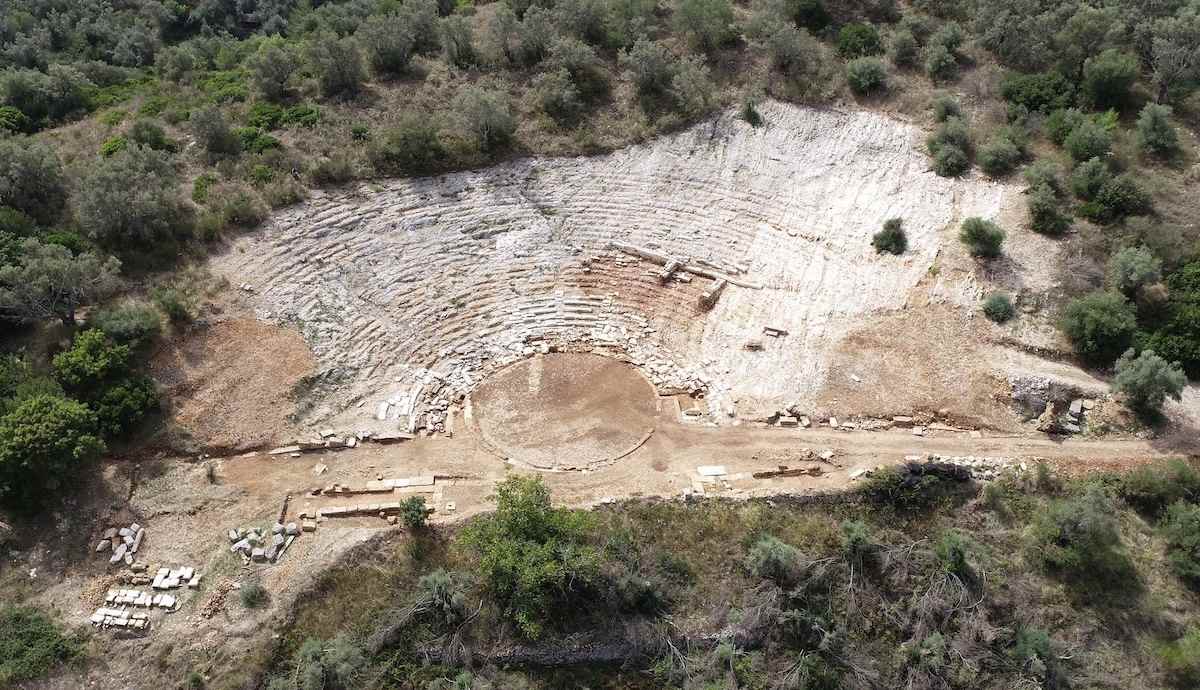
San Casciano bronzes could rewrite the history of the relationship between the Etruscan and Roman civilizations. Also, Italian archaeologists hailed a recent discovery as the “most exceptional” in the last half-century. Archaeologists found the bronze statues in the foothills of San Casciano dei Bagni, a little hilltop town in Tuscany.
San Casciano Bronzes – The Discovery of the Century

Archaeologists unearthed those San Casciano bronzes over a few weeks period in September and October. The statues had a human figure. Also, they are 2,000 years old and perfectly preserved in the hot mud and waters of an ancient, sacred pool.
San Casciano dei Bagni represents is full with hot springs. It is also one of many picturesque hilltop towns towering over lush green valleys dotted with majestic cypress trees. But in the third century BCE, this place had a unique attraction.
The ancient Etruscans built a sanctuary at the local hot springs, later giving the town its name. The Etruscans lived and thrived for 500 years in what today is central Italy. This includes the regions of Tuscany, Umbria and Lazio. This was before the establishment of the Roman Republic in 509 BCE.

Roman art and culture were under the influence of the Etruscan civilization. The valley just below the town has 42 sources that provide one of the largest flows of thermal water in Europe. This says Ludovico Salerno, a member of the local archaeological association that has participated in the excavation work.
“This source is the most powerful in San Casciano. Every day it pumps out hundreds of thousands of gallons of 105-degree water”, he added. Emanuele Mariotti, who is also one of the leading people on the dig, commented on San Casciano bronzes. “First we saw gold coins. Then we saw stone columns, then an arm, then a head—then everything”, he added.
The team stumbled onto what is regarded as one of the most magnificent archaeological discoveries of a generation, potentially even surpassing the Riace bronzes.
Project Coordinator Jacopo Tabolli – About the Importance of the Discovery

Archaeologists unearthed 24 San Casciano bronzes and a marble pool. But this site, says Salerno, was not meant for recreation. “The pool was a sacred place, only the religious custodians could bathe there. Also, sick people came to the sanctuary, in the hope of being cured. They would offer gifts to the gods. It was a place of suffering, and it was a place of hope.”
Jacopo Tabolli, the coordinator of the dig and also a professor of archaeology at the University for Foreigners of Siena, explained the importance of the discovery. “We have other beautiful statues from the Etruscans and Romans, but the difference is they come from old excavations. They don’t come from the modern historical method”, he says.

“Now we have a chance to rewrite history”, he added. He also said it is now possible to understand their placement, and the usage of the material. Also, we can understand how and when it happened. Tabolli believes the bronze sculptures from San Casciano formerly surrounded the pool’s stone rim.
He also thinks the priests, or perhaps artisans, heaved them into the puddled shaft. He believes they employed wooden ladders and ropes, and then carefully placed them, as a part of a ritual for healing. The discovery might be a game-changer for San Casciano, which funded and supported the research from the beginning.










